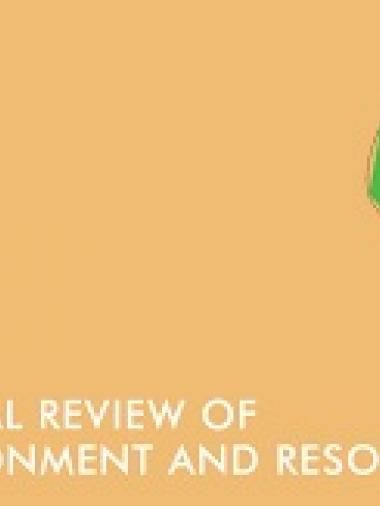Livestock and the environment: What have we learned in the past decade?

The livestock and environment nexus has been the subject of considerable research in the past decade. With a more prosperous and urbanized population projected to grow significantly in the coming decades comes a gargantuan appetite for livestock products. There is growing concern about how to accommodate this increase in demand with a low environmental footprint and without eroding the economic, social, and cultural benefits that livestock provide. Most of the effort has focused on sustainably intensifying livestock systems. Two things have characterized the research on livestock and the environment in the past decade: the development of increasingly disaggregated and sophisticated methods for assessing different types of environmental impacts (climate, water, nutrient cycles, biodiversity, land degradation, deforestation, etc.) and a focus on examining the technical potential of many options for reducing the environmental footprint of livestock systems. However, the economic or sociocultural feasibility of these options is seldom considered. Now is the time to move this agenda from knowledge to action, toward realizable goals. This will require a better understanding of incentives and constraints for farmers to adopt new practices and the design of novel policies to support transformative changes in the livestock sector. It will also require novel forms of engagement, interaction, and consensus building among stakeholders with enormously diverse objectives. Additionally, we have come to realize that managing the demand trajectories of livestock products must be part of the solution space, and this is an increasingly important research area for simultaneously achieving positive health and environmental outcomes.
Citación
Herrero, M., Wirsenius, S., Henderson, B., Rigolot, C., Thornton, P., Havlík, P., Boer, I. de and Gerber, P. 2015. Livestock and the environment: What have we learned in the past decade? Annual Review of Environment and Resources 40:177-202.